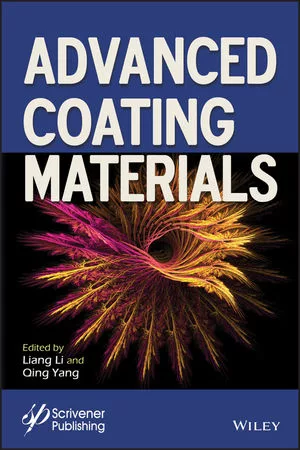Advanced Oven Technology - The Air Barrier Heat Seal

Ovens are used in a variety of paint-finishing applications:
Dry-off ovens Remove surface moisture on parts from the pre-treatment process
Cure ovens Cure powder, liquid and e-coat coatings
Cleaning ovens Remove paint, powder coating, varnish, oil,
grease and plastics from part fixtures and hooks. This is particularly important in powder coating to achieve proper conductivity and grounding.

To address these diverse requirements, A.B. Myr Industries, Inc., has developed the Air Barrier Heat Seal. The Air Barrier Heat Seal incorporates ABMyr patented technology to create an invisible air barrier at the oven work openings. It draws hot oven interior air and compresses it in scroll fans. Centrifugal fans are used to force the air into the open work openings. The pressurization difference between the factory and the oven interior keeps the hot oven air from entering the factory. A. B. Myr's Intelliquip Air Management System is used to automatically control the airflow and the oven environment (Figure 1).
The Air Barrier Heat Seal provides significant benefits:
- Automated, in-line production processing;
- Increased cycle time and production rates;
- Longer time at temperature;
- Better plant utilization;
- Reduced energy usage and costs by up to 70%;
- Virtually no heat or smoke loss;
- Self-balancing ability automatically compensates for changing ambient conditions to maintain the desired internal temperature profile; and
- Real-time temperature profiling, with the ability to change on-the-fly to adjust for incoming product or production requirements.

In-Line Continuous Processing
In-line continuous processing has tremendous production efficiencies over batch processing by avoiding the need to repetitively heat up and cool down the oven to process a run of parts. In-line processing can significantly improve the cycle time, production rates and production capacity. The Air Barrier Heat Seal enables efficient in-line continuous processing by containing the oven heat and smoke that can escape through the work openings at either end of the oven.
Energy Savings
Heat loss through oven work openings can be very expensive and also cause undesirable conditions in the surrounding work area. The amount of heat lost through an opening is proportional to the size (in square feet) of the opening. So a work opening that is 8'x8' will lose four times as much heat as a work opening that is 4'x 4'.The data in Figure 2 is based on a 6'x 6' work opening size at each end of the oven. A continuous in-line production process is used so parts enter one end of the oven and exit at the other.
The left chart in Figure 2 shows the amount of heat loss (in BTUs) for each hour of operation, with and without an Air Barrier Heat Seal installed in the oven. As seen in the chart, the Air Barrier Heat Seal contains up to 90% of the heat that would normally escape. Note that it accomplishes this by creating an invisible air curtain that does not hinder nor restrict the work opening.
The chart on the right indicates the annual cost of this heat loss, based on an energy cost of $5 per million BTUs and running two shifts per day, five days per week. The difference between the two lines in the chart provides an estimate of the annual cost savings when using the Air Barrier Heat Seal. The cost savings are greater as the oven's operational temperature increases. At a curing temperature of 350 ºF, the annual savings is $35K, while at pyrolytic cleaning temperatures of 700 ºF the annual savings is over $200K.

Higher First Pass Yield
The Air Barrier Heat Seal also increases first pass yield. In dry-off ovens, the fast temperature ramp-up and controlled air circulation effectively extends the length of the usable oven to remove surface moisture on parts from the pre-treatment process that can otherwise lead to paint finish imperfections and solvent popping.In powder coating cure ovens, the Air Barrier Heat Seal creates a low-velocity, super-heated zone to rapidly gel powder prior to entering high-velocity energy-efficient convection zones without the use of high-maintenance infrared heaters. It also operates much better than the conventional "Quiet Zone" and uses less energy.
In pyrolytic cleaning ovens, the Air Barrier Heat Seal enables high-humidity/low-oxygen oven atmospheres, allowing thorough, fire-free cleaning of painted fixtures to achieve proper conductivity and grounding for powder coating.
Summary
The Air Barrier Heat Seal can:- Increase production rates;
- Increase production capacity;
- Improve paint finish quality;
- Reduce energy usage and costs; and
- Contain oven smoke.
Looking for a reprint of this article?
From high-res PDFs to custom plaques, order your copy today!




